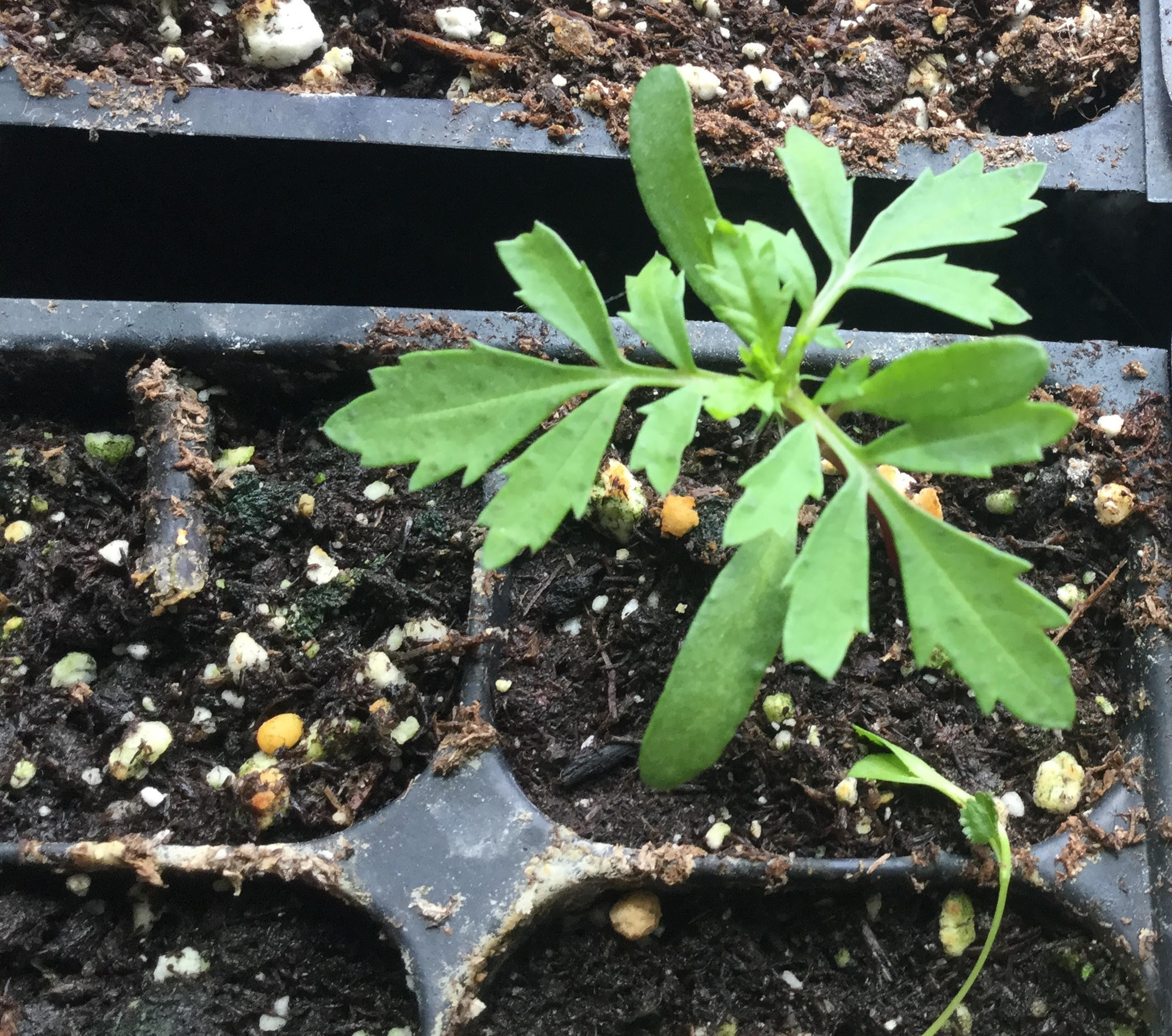Time is right for starting a vegetable garden
 Processing Request
Processing Request
By Chris Durkin
Today I read an article about Victory Gardens, which were popular during World War II. According to Patty Percy, Community Garden coordinator at Extension Fond du Lac County, our current pandemic has lots of folks considering starting their own backyard gardens to supplement grocery trips and to share with friends and neighbors.
I’ve had a fascination with gardening since I was a kid but wasn’t able to grow anything until I moved into my first apartment. While I didn’t have a lot of room to grow food, I did have a lot to learn. I learned that sprouted garlic will grow in a pot (and tastes good), there is such a thing as too many basil plants and just because my watermelons look good, it doesn’t mean that they taste good. I thought I'd share a little about what I’ve learned to show you how easy it is to get started.
I start almost all of my seeds in plastic seedling trays with multiple plugs in each tray (here's a marigold in a tray, photo at left). These trays make it easy to transplant growing seedlings into larger pots later. My kids and I work together: one fills each cell with wet potting soil and the other makes holes or indentations in the soil and drops in two to three seeds (most seed packets have clear directions on how deep to plant).
After all the seeds are in, we put another pinch of soil over the seed and lightly water again. I put the trays on a south-facing windowsill to give the plants as much sunshine as possible. You don’t have to use seedling trays - you can use a pot, an old sour cream container or any other food-safe container. I water the seeds with a spray bottle daily to encourage growth and avoid overwatering. I also make it a habit to rotate my flats daily so plants don’t grow leaning to one side. Once seedlings start to appear, I use a small watering can as needed and snip the weakest plants out of each cell.
Some plants may need to be repotted to help them establish strong root systems. After my tomatoes grow a few inches tall, I get a bigger pot or cell and bury their stem all the way up to the first set of leaves. This helps the tomato plant establish new roots on the stem and makes sure that they will stay sturdy.
After the weather has warmed up, I will harden off indoor plants by putting them outside for a few hours a day. This lets them acclimate to real sunshine and breezes. After a week or so of this, I’ll plant them in the garden. Fond du Lac is in hardiness zone 5a, so you’ll have to check seed packets to make sure you’re putting them outdoors at the right time. You can find more about the planting zones from the USDA.
If you have a yard and are able to till some grass to establish a small garden patch, I encourage you to do so, just make sure to call 811 first so you're digging safely. Gardening allows you to grow your own food and stay as local as possible while getting fresh air and a little exercise. Additionally, if you grow the right vegetables, you'll have plenty to share with friends and neighbors.
At the time this writing, mid-April, many plants can be directly sown outside. I've already started peas, radishes, carrots, spinach, kale and onions in my backyard garden. I'll water them daily until they've sprouted, after that they need about an inch of rain or the hand-watered equivalent every week. My chives came back on their own, as did the rhubarb and strawberry plants.
If you're not comfortable starting seeds yourself or you feel like you've already missed the boat, you can always buy plants from a greenhouse or farmer.
Once you have transplanted your vegetables or see sprouts come up, it's just a matter of keeping them watered, making sure they have sunshine and pulling weeds so they don't interfere with the growth of your dinner.
Happy planting and enjoy the fruits of your labor (get it?)!
Chris Durkin works in the Youth Services department of the FDL Public Library, and while he is eager to get back to work, he is enjoying the peas and quiet at home.

